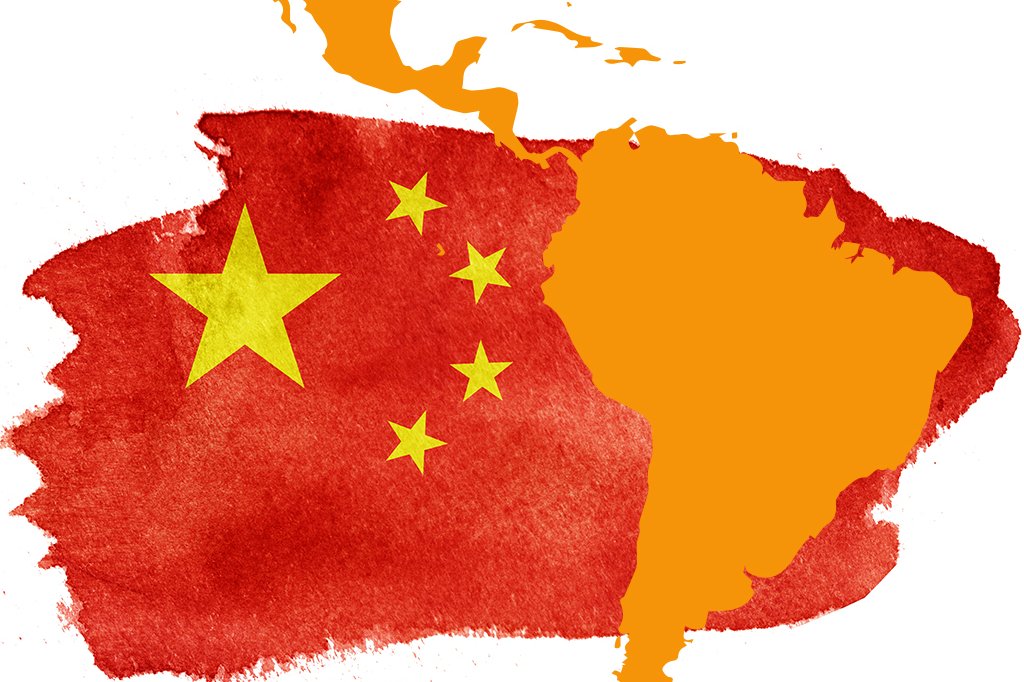Despite the initial coronavirus-induced slowdown in China’s financial activities in Latin America, 2022 saw an injection of at least US$813 million in new loans, primarily focused on Brazil and Caribbean nations, according to Boston University data.
Camilo Defelipe Villa, an Asia-Pacific regional expert, conveyed to Bloomberg Línea that China has now surpassed many combined entities to become Latin America’s second-largest debt provider.
While a pause was noticed in 2020, the continuity of such lending is anticipated.
Due to China’s increasing competition, this could challenge the framework of existing multilateral financing institutions.
There’s an evolving geo-economic contestation as countries in the region increasingly lean on China for economic support, especially amidst crises.
China’s investments in the region, predominantly in energy, infrastructure, and telecommunications sectors, are long-term.
Recent data from The New York Times indicates China has provided around US$240 billion globally in emergency loans in line with its Belt and Road Initiative.
Data from Inter-American Dialogue and Bloomberg Línea reveal Chinese loans to Latin America in the energy sector amount to about US$90.9 billion, infrastructure at US$26.5 billion, and mining at US$2.1 billion.
China’s lending, largely via the China Development Bank (CDB) and the Export-Import Bank of China, is becoming more pivotal for many Latin American nations.
Between 2005-2022, US$136 billion reached Latin America through Chinese foreign direct investments, majorly to markets like Argentina, Brazil, Ecuador, and Venezuela.
Notably, Venezuela accounts for 44% of the region’s Chinese-financed development.
What does this mean for Latin America?
Engaging with China can have strings attached, possibly making nations receptive to introducing strategic Chinese tech entities capable of setting techno-productive standards.
This could be a negotiation lever for potential debt defaults. Furthermore, China’s motivation for these investments and loans isn’t just monetary.
There’s an intent to stabilize these economies to maintain trade ties.
The scenario in Venezuela is a point of reflection, where debt was accrued without a clear repayment strategy, focused mainly on oil.
Diego Pereira, JP Morgan’s chief economist for the Southern Cone and Andean region, shared with Bloomberg Línea that China’s economic growth is pivotal for emerging economies.
It has a direct influence on commodity prices.
With China’s GDP growing at 5.5% in the first half of the year, less than expected, it raises concerns about its future impact on global commodity prices.
The US President Joe Biden has termed China’s economic challenges a “ticking time bomb”.
In conclusion, China’s increasing economic footprint in Latin America brings both opportunities and challenges.
As nations grapple with their economic futures, the balance of power in terms of debt, trade, and influence is shifting.
1. Venezuela: US$60 billion
2. Brazil: US$31 billion
3. Ecuador: US$18.2 billion
4. Argentina: US$17 billion
5. Bolivia: US$3.2 billion
6. Jamaica: $2.1 billion
7. Mexico: $1 billion
8. Suriname: $773 million
9. Trinidad and Tobago: $695 million
10. Dominican Republic: $600 million
11. Guyana: $520 million
12. Costa Rica: US$435 million
13. Cuba: $369 million
14. Barbados: $291 million
15. Antigua and Barbuda: $176 million
16. Bahamas: $99 million
17. Grenada: $66 million
18. Peru: $50 million
19. Dominica: $4 million


